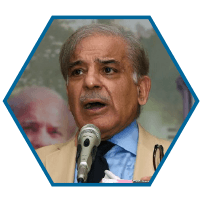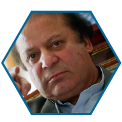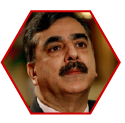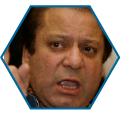Results: Pakistan elections 2018
ⓘ Why does the map look like this?
The map above is what’s known as a cartogram. Rather than using the geographic size of a province, hexagons are drawn to represent the 272 contestable seats in Pakistan’s National Assembly. Large provinces with small populations such as Balochistan will appear smaller while very dense provinces such as Punjab and Sindh appear bigger. Read more about this process.
Everything you need to know about the elections
Home to 207 million people, Pakistan is the world’s sixth-largest country by population and plays a crucial role in geopolitics in South Asia. On Some 106 million registered voters will elect a new government in a rare democratic transition of power.
People began voting on Wednesday at 8am local time (03:00GMT) to send 272 representatives to the National Assembly. Polls closed at 6pm (13:00GMT) across 85,000 polling stations manned by up to 800,000 police and military forces.
Infographic: Pakistan elections at a glance
The main candidates in this year’s elections are: Pakistan Muslim League-Nawaz (PML-N), led by Nawaz Sharif, Pakistan Tehreek-e-Insaf (PTI) led by cricketer-turned-politician Imran Khan and Pakistan Peoples Party (PPP) lead by Bilawal Bhutto Zardari. This election will also be contested by a number of independents.
Infographic: Who are the main candidates and where do they stand?









